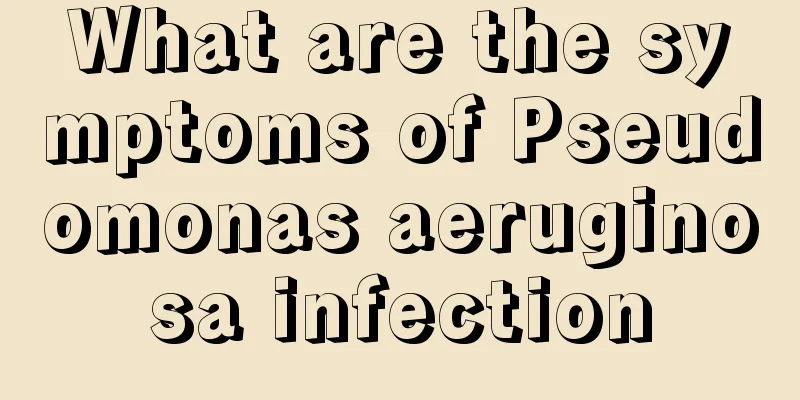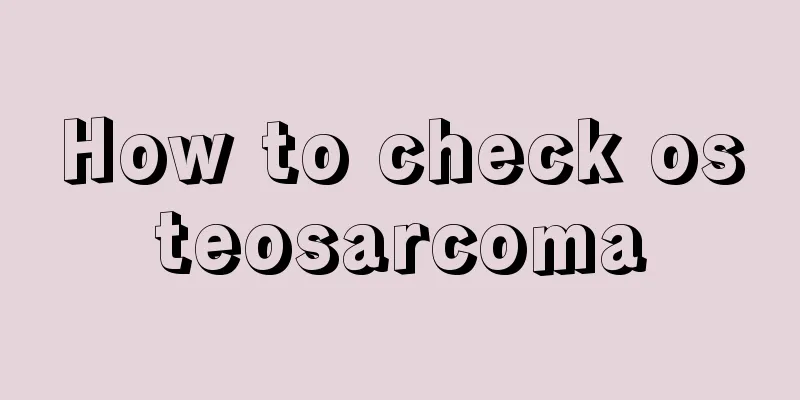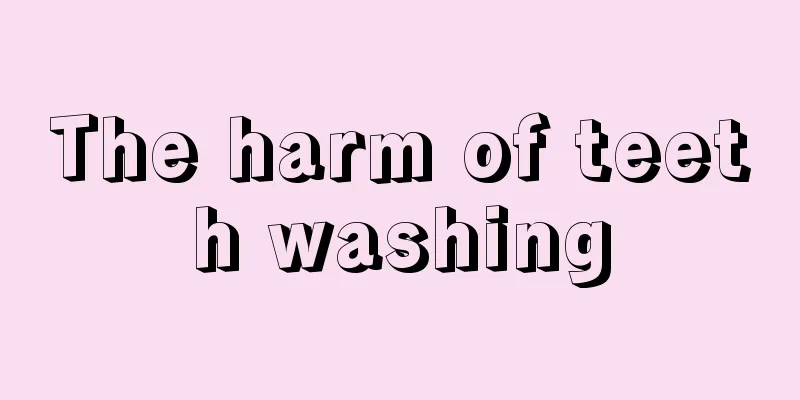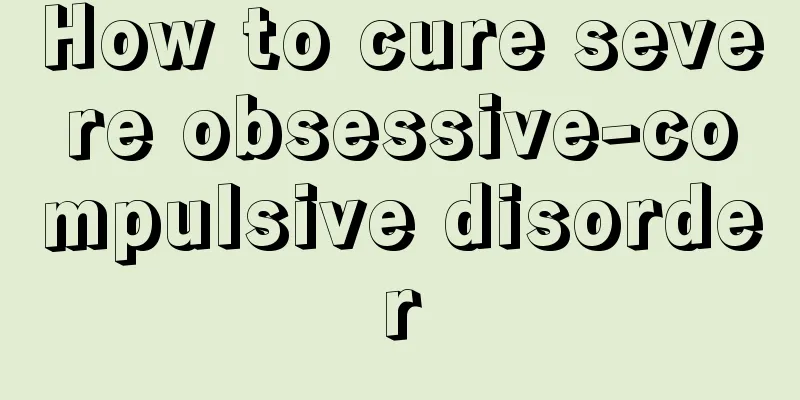Methods for removing pesticide residues
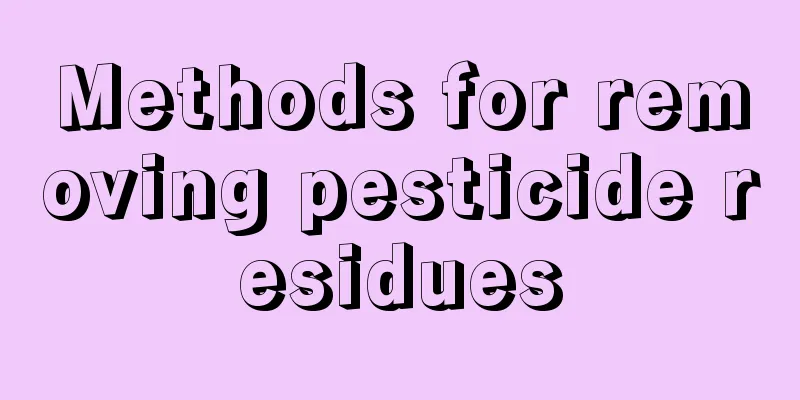
|
Farmers usually use pesticides to prevent and control diseases and insect pests when growing vegetables and fruits. Therefore, pesticide residues in fruits and vegetables are inevitable. Therefore, paying attention to the food safety of fruits and vegetables is receiving more and more attention from residents, and how to remove pesticide residues in fruits and vegetables has become a topic of increasing concern. Today I will briefly introduce several methods for removing pesticide residues from fruits and vegetables for your reference. How to remove pesticides from vegetables? 4 tips to remove pesticides without mercy 1. Heating method As the temperature increases, the synthesis of carbamate insecticides accelerates. Therefore, for some vegetables and fruits that are difficult to handle by other methods, local pesticides can be removed by heating. Commonly used in celery, spinach, Chinese cabbage, cabbage, green peppers, cauliflower, beans, etc. The method is to first wash the surface dirt with clean water, put it into boiling water for 2-5 minutes, take it out, and then rinse it with clean water 1-2 times. 2. Alkaline water soaking method Organophosphorus insecticides synthesize rapidly in alkaline environments, so this method is an effective measure to remove pesticide pollution and can be used for all kinds of vegetables, fruits and melons. The method is to rinse the surface dirt first, soak it in alkaline water (generally add 5-10 grams of alkaline powder to 500 ml of water) for 5-15 minutes, and then rinse it with clean water 3-5 times. How to remove pesticides from vegetables? 4 tips to remove pesticides without mercy 3. Soaking and washing method The types of pesticides that contaminate vegetables are mainly organophosphorus insecticides. Organophosphorus pesticides are poorly soluble in water, and water washing can only remove local contamination of pesticides. But water washing is the basic way to remove other dirt and residual pesticides on vegetables and fruits. Mainly used for leafy vegetables such as spinach, day lily, leek, lettuce, Chinese cabbage, etc. The immersion washing method is to first rinse off the surface dirt with water, and then soak it in clean water for at least 10 minutes. Fruit and vegetable cleaners can promote the dissolution of pesticides, so a small amount of fruit and vegetable cleaners can be added during soaking. After soaking, rinse with clean water 2-3 times. 4. Storage Method Pesticides can slowly synthesize into substances that are harmless to the human body over time in the environment. Therefore, fruits and vegetables that are easy to preserve can be stored for a certain period of time to reduce the amount of pesticide residues. This method is suitable for varieties that are not easy to perish, such as apples, kiwis, and winter melons. Generally it needs to be stored for more than 15 days. Be careful not to eat freshly picked, unpeeled fruit right away. |
<<: The health benefits of hot towel compress
>>: Ten ways to place beds that are good for your health
Recommend
Which stage does 9mm lung cancer belong to
Lung cancer 9mm belongs to stage I. Since the tum...
Who are the suitable people for soybean lecithin
With the development of society, people consume m...
Early symptoms of nasopharyngeal cancer
There are two types of nasopharyngeal cancer: pri...
What are the health guidelines for heart failure
Heart failure is a syndrome of heart dysfunction ...
Why does urine smell like rotten eggs?
Under normal circumstances, urine does not have a...
The best age to learn badminton
Badminton is a sport played by people all over th...
Those early symptoms of prostate cancer
Women will feel back pain, general weakness, and ...
What shoes to wear with summer casual cotton suits
Summer is a season that makes us happy. Not only ...
What are the early symptoms of liver cancer patients? Pay attention to these early manifestations of liver cancer
Patients with a history of hepatitis who suddenly...
What should I pay attention to after thyroid cancer surgery?
What should I pay attention to after thyroid canc...
Can skin cancer be prevented
Skin cancer is a very serious disease with a high...
Which acupoints should be massaged for lymphoma
Unblocking the hand-yangming large intestine meri...
Does liver cancer still need treatment in the late stage? How to treat liver cancer in the late stage?
Most of the time, if we want to estimate whether ...
How to cry in 3 seconds?
For actors, many people can easily make themselve...
What is the difference between gastric tumor and gastric cancer
The discovery of a tumor in the stomach indicates...


